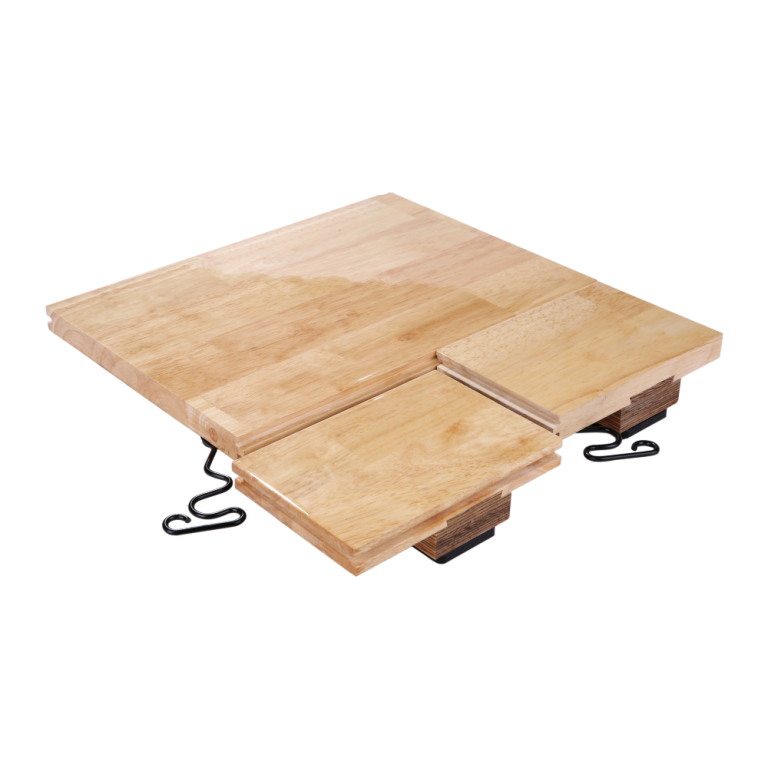Creating a world-class dance environment starts from the ground up—and nothing matches the timeless performance of a wood dance floor. For stages, theaters, school dance rooms, and professional studios, wood flooring offers unmatched responsiveness, beauty, and longevity.
Here’s why top dance institutions continue to choose wood—and how to select the best floor for your space.
Why Wood Dance Floors Are Essential for Professional Spaces
In professional settings, a dance floor must deliver far more than aesthetic appeal. It must:
Protect Dancers’ Joints: Natural wood elasticity provides critical shock absorption
Enhance Performance: Smooth but controlled slip resistance aids turns, jumps, and footwork
Elevate the Space: A beautiful wood surface adds prestige to any stage or studio
Offer Long-Term Durability: Properly maintained wood floors can last decades
For theaters, ballet academies, performing arts schools, and competition stages, wood is the clear choice for combining function with prestige.
Top Wood Types for Dance Flooring
Maple:
Highly resilient, consistent surface, ideal for ballet and contemporary dance.Birch:
Slightly softer feel underfoot, excellent for studios focusing on multiple dance styles.Oak:
A more textured grain, providing slightly more natural grip—preferred by some traditional and theatrical venues.
Our premium sports wood flooring systems, including portable and fixed installations, use high-grade maple and birch for professional results.
Ideal Locations for Wood Dance Floors
Professional Dance Studios: Daily classes in ballet, jazz, modern, and more
Theaters and Performing Arts Centers: Main stages and rehearsal halls
School Dance Rooms: High schools, universities, and conservatories
Multipurpose Performance Spaces: Where both dance and stage shows are held
In all these settings, a quality wood floor ensures that dancers can rehearse and perform at their best—without risk of injury.
Features to Look for in a Wood Dance Floor
Shock-Absorbing Subfloor Systems: Floating floors or sprung floors are ideal
Proper Surface Finish: Not too slippery, not too sticky—perfect for controlled movement
Portability (Optional): Some theaters and schools prefer removable wood systems for space flexibility
Easy Maintenance: Durable finishes for long-term use with simple cleaning routines
Whether the floor is permanently installed or removable, professional-grade wood systems are designed to perform beautifully year after year.
Final Thoughts
A wood dance floor is more than just a surface—it’s the very foundation of every movement, every performance, every standing ovation. For serious dance environments like theaters, studios, and academic spaces, investing in premium wood flooring is an investment in excellence.
Choose a system built for dancers, by experts, and ensure every leap and landing happens on the finest stage possible.


